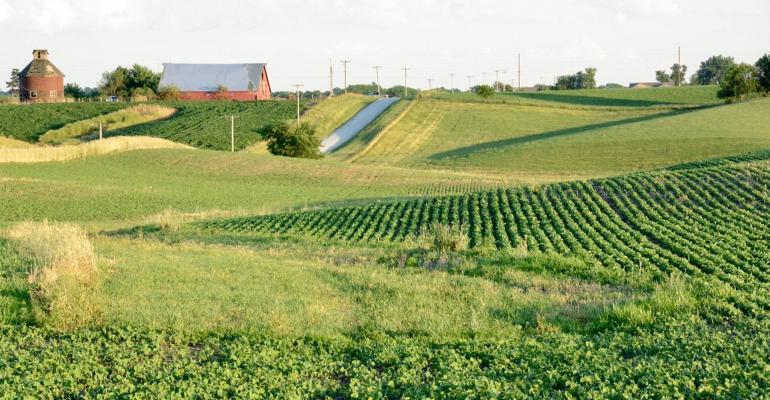September 11, 2019

There is a lot I would like to forget about the 2019 growing season. We started off wet, and those conditions persisted throughout much of the planting season — so much so that some farmers just weren’t able to get a crop in the ground with enough time left in the season for it to mature. I know many farmers who were glad they secured crop insurance for fields too wet to plant.
While having insurance provided some sense of relief, there was still the question of what to do with the unplanted land. Do you just let the weeds grow? That’s an option with little upfront expense, but you’d ultimately be raising a bunch of weeds you’d have to contend with next year. Do you till or spray to keep the weeds under control? That option adds some cost, plus it can leave soil exposed to erosion. Not having actively growing plants during the summer can also shock soil biota and set you back next year, too.
Conservationists were quick to step in and suggest cover crops as a logical remedy, and rightly so. Sure, there is cost for seed and planting, but there are benefits of protecting the soil, reducing nutrient losses and not putting your soil biota through a major slump. But as with any conservation practice, we must ensure it is planned to precisely fit the site and is properly implemented.
First off, assuming poor field conditions don’t persist and you can get a cover crop planted, what do you plant? In central Illinois, we typically plant cover crops in late summer or early fall. The species we use are selected specifically for late-season growth and for the resource concern we hope to address. Some plants, such as the brassicas, continue growing well into fall, producing tap roots that loosen the soil. Then they die out over winter. Others, such as cereal rye, can overwinter and start growing again in the spring, suppressing weeds and providing cover for the new season’s crop.
For summer cover crop plantings, you need something that typically grows well in summer, such as sorghums or sudangrass. In this part of the country, we just don’t do much planting of cover crops in the summer, unless it is for forage. We’d prefer to have a good crop of corn or soybeans in the field.
There are still some policy issues regarding cover crops that haven’t been completely sorted out. It’s complicated, but USDA is making good progress. A cover crop can be planted just as a conservation practice to reduce soil erosion, improve water quality and enhance soil health. These benefits are now recognized, and cover crops are considered a good farming practice for insurance purposes. Covers can also be a true crop when grown for forage. Many plants we use for cover crops could also be legally considered as crop plants (cereal rye, oats, wheat, turnips, radishes, etc.) if they are allowed to mature and are harvested as such. So, some USDA programs require termination dates to prevent harvest for cropping purposes.
That’s why there was more confusion this year when conservationists began recommending cover crops for prevented planting acres. Disastrous weather conditions necessitated quick decisions. Most people didn’t have much experience with summer-planted cover crops as a conservation practice. The Natural Resources Conservation Service was even asked about using corn or soybeans as a cover crop — not something we had even considered — but we made adjustments.
In the long run, we made it through the summer. We learned lessons from this disaster, and I hope we never have to use that information the same way again.
Dozier is the Illinois state conservationist. Direct comments or questions to [email protected].
About the Author(s)
You May Also Like




